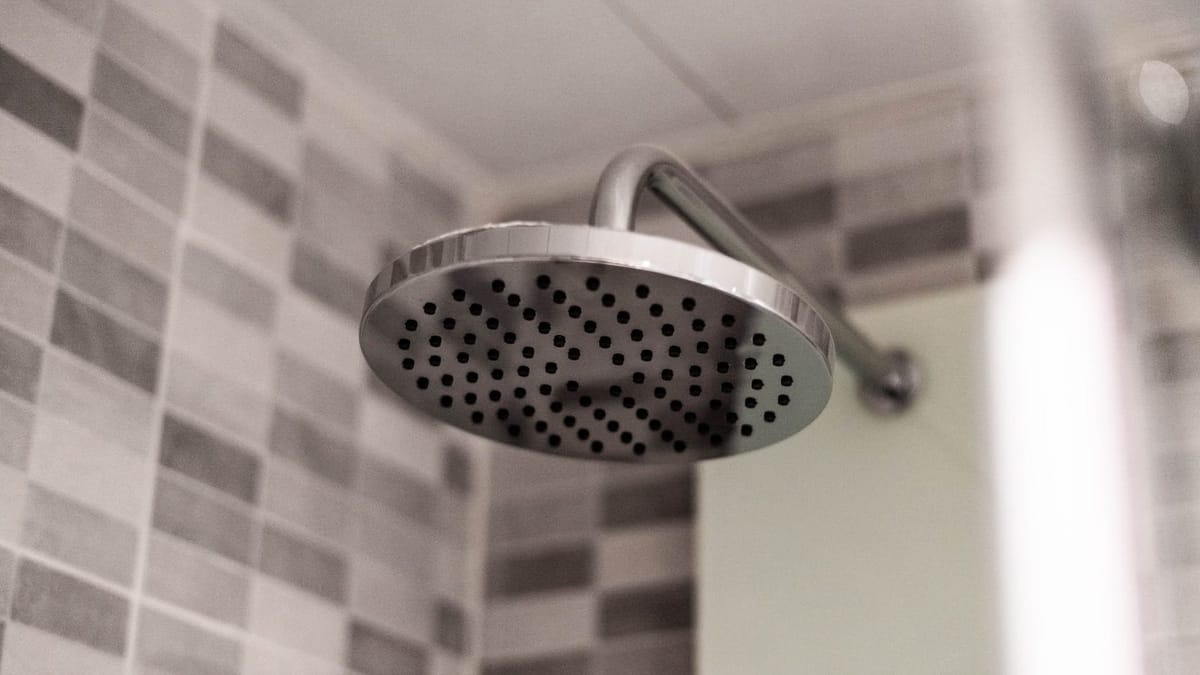It's been over seven years since I last had a hot or intentionally lukewarm shower. This might sound pretty unpleasant to you; many people enjoy their warm morning shower, especially during the colder winter months.
Whether you have a diagnosis of Postural Orthostatic Tachycardia Syndrome (POTS) or not, you'll be familiar with getting out of a hot bath. You stand up, and then a moment or two later, usually just as you are about to step out of the bath, you feel the room start to spin, your legs become weak, and you feel as though you might faint.
This is a natural response to heat; your blood vessels dilate to get closer to the surface of your skin. But the outcome is remarkably similar to the effects of POTS and Ehler's Danlos Syndrome (EDS).
After becoming ill, I found that a warm shower aggravated my symptoms. Various health magazines praise cold showers for their ability to increase alertness, improve circulation and immunity, and speed up muscle recovery. These factors combined meant I decided to try a cold shower.
I won't pretend that it isn't sometimes a bit challenging to get out of bed and straight into a freezing cold shower, but there's a good reason that I do this every day. If you have POTS, your body doesn't always adjust for the effects of gravity.
When upright, your blood vessels generally contract or close up to keep your blood pressure constant, but that's not the case with POTS. Instead, the blood vessels remain wider, which leads to blood pooling down near your feet, which is what causes the condition's dizzy feeling and lightheadedness.
Many people with POTS also have EDS, a connective tissue disorder. If you live with hypermobile EDS (hEDS), then your body has stretchy collagen. This tissue is found all around the body and forms part of your blood vessel's structure.
Having stretchy collagen in your blood vessels means that the natural vasodilation (opening) and vasoconstriction (tightening) don't work properly either. In most cases, this leads to the blood vessels not constricting when needed, leaving the blood vessels too wide and unable to maintain blood pressure.
So, POTS makes blood pool in your feet, lowering your blood pressure. EDS exacerbates the problem and leaves the body unable to compensate. Given the negative effect of higher temperatures on my body, combined with the potential health benefits of cold showers, I decided to give them a try.
Over seven years later, I'm still using cold water to shower. It can be unpleasant, and there are winter days I miss warm water, but I've found it to be a helpful treatment. It has its downsides; my poor circulation due to POTS means I stay cold for some time. But the brief moment of discomfort to keep symptoms at bay is worth it for me.


Member discussion: